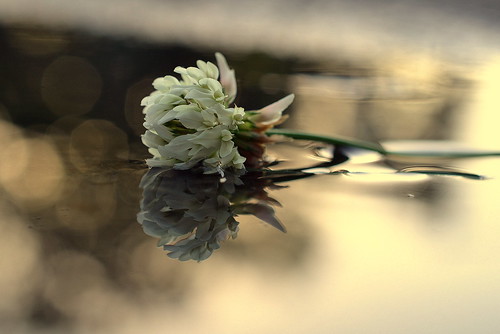
When I teach mindfulness courses, my students often say, “I feel present and aware when I’m here with you, but I lose myself at work. How can I stay mindful in a busy work environment?” This is a great question, whether our work is done in cubicles, at home, inside classrooms, a studio, or within volunteer organizations. It’s easy to “lose ourselves”: to forget our breath, body, and awareness; to get caught in busyness. Yet we can remember in small, regular ways. With practice, we can return to mindfulness.
Change your perspective.
If you feel sluggish, scattered, stuck, or anxious, change your position. If you’re seated, stand up. If you’re standing, sit down. Take a short walk. Look out a window or, even better, get outside. Sit on a chair in a different room. Twirl or dance. Make a conscious choice to change your perspective. New ideas often arise in the shower, walking to the bathroom, or during an afternoon workout. We need breaks from the overthinking; we need space for creativity. Physically change your position, take a few deep breaths, and try to see the world anew.
Connect in person.
We’re constantly connected through technology. We ask questions via chat clients, email, or text. But complicated questions are asked and answered best in person. One email message can generate an hour’s work, when a phone call completes the task in ten minutes. The way we communicate makes a difference. Connecting in person helps reduce workload and strengthens relationships. The next time you have a non-trivial question, pick up the phone or walk to the person’s office. Engage with each other.
Do something kind.
Life can be difficult and work can be challenging. Our brains have a negativity bias that we must consciously tilt back. If you feel frustrated, disappointed, or just need a break, start looking for the good in people. Compliment a coworker. Give a genuine thank you. Tell someone’s boss what you appreciate about the person. Get coffee for your team. Write an inspirational message on a whiteboard. Listen deeply to a colleague. Do some small act of kindness.
Regular pauses throughout the day help us stay focused, aware, and more at ease. The busier we are, the harder it is to pause, yet it's vital for our well-being and our productivity. Take these pauses: notice your breath and body. And be willing to begin again and again.
E-Course: Coming Home to Yourself | Monthly Mindfulness | About Joy |
Guided Meditations | Facebook Page | Photography
Regular pauses throughout the day help us stay focused, aware, and more at ease. The busier we are, the harder it is to pause, yet it's vital for our well-being and our productivity. Take these pauses: notice your breath and body. And be willing to begin again and again.
E-Course: Coming Home to Yourself | Monthly Mindfulness | About Joy |
Guided Meditations | Facebook Page | Photography





